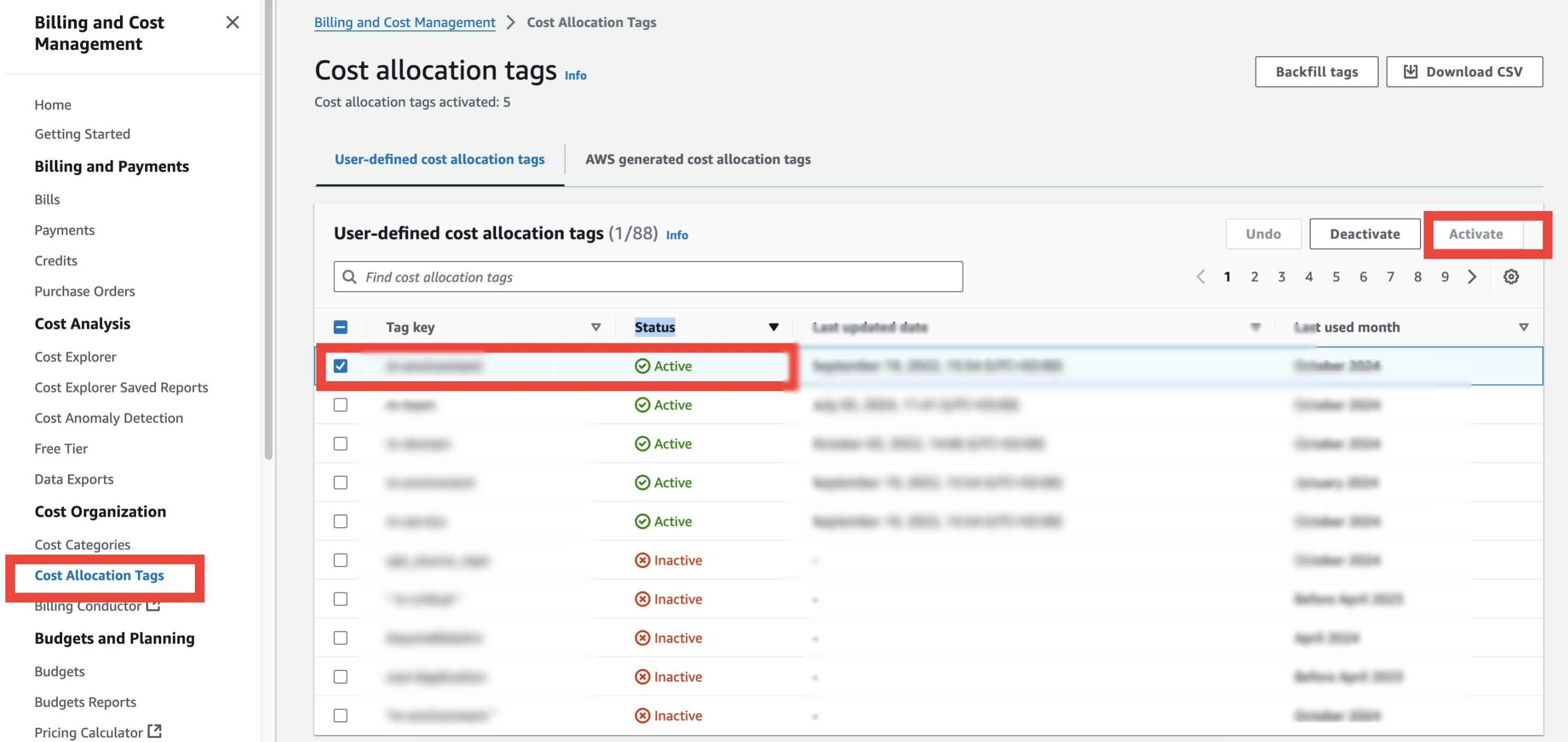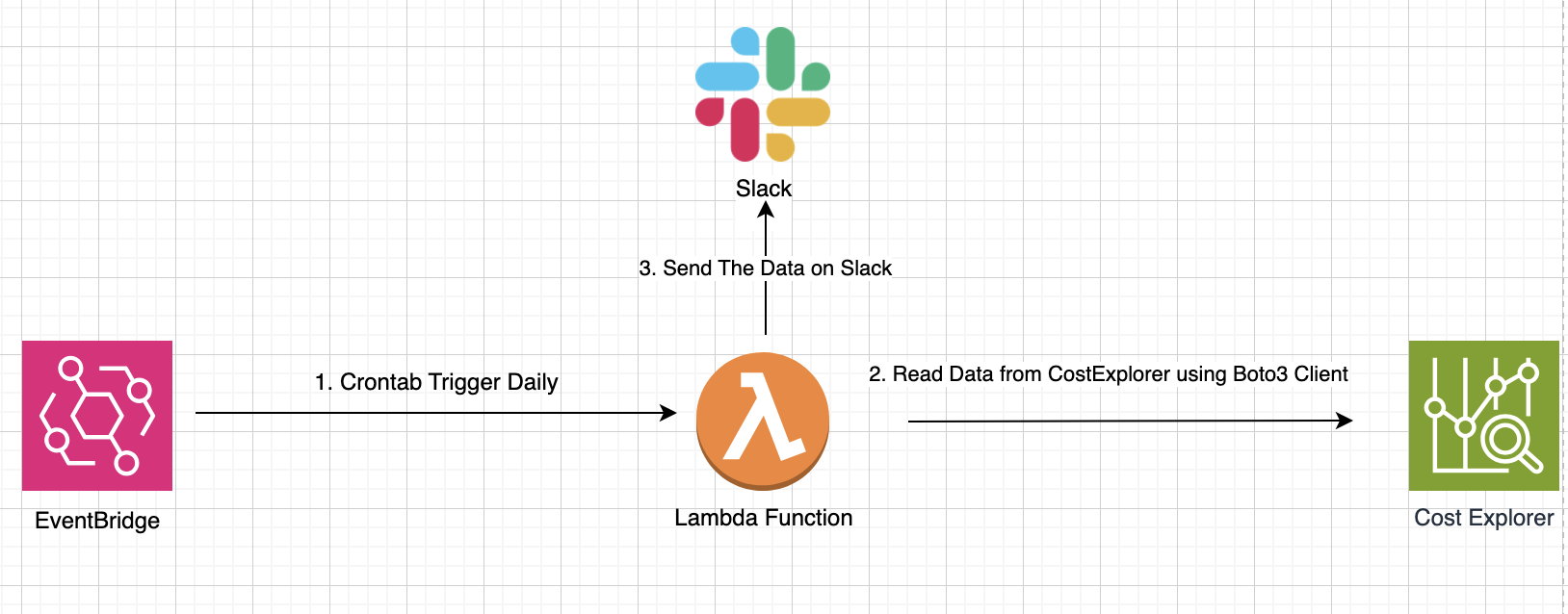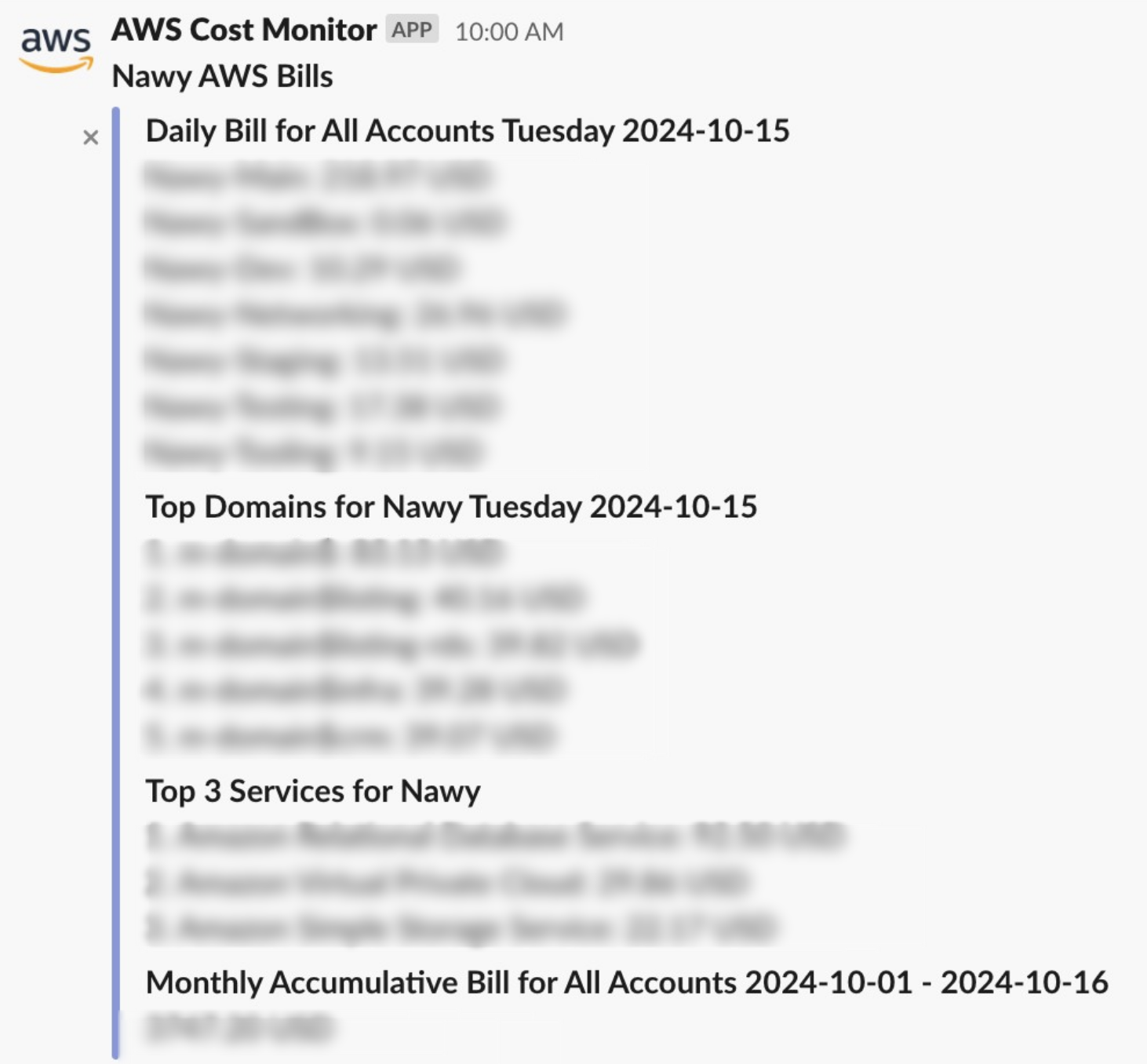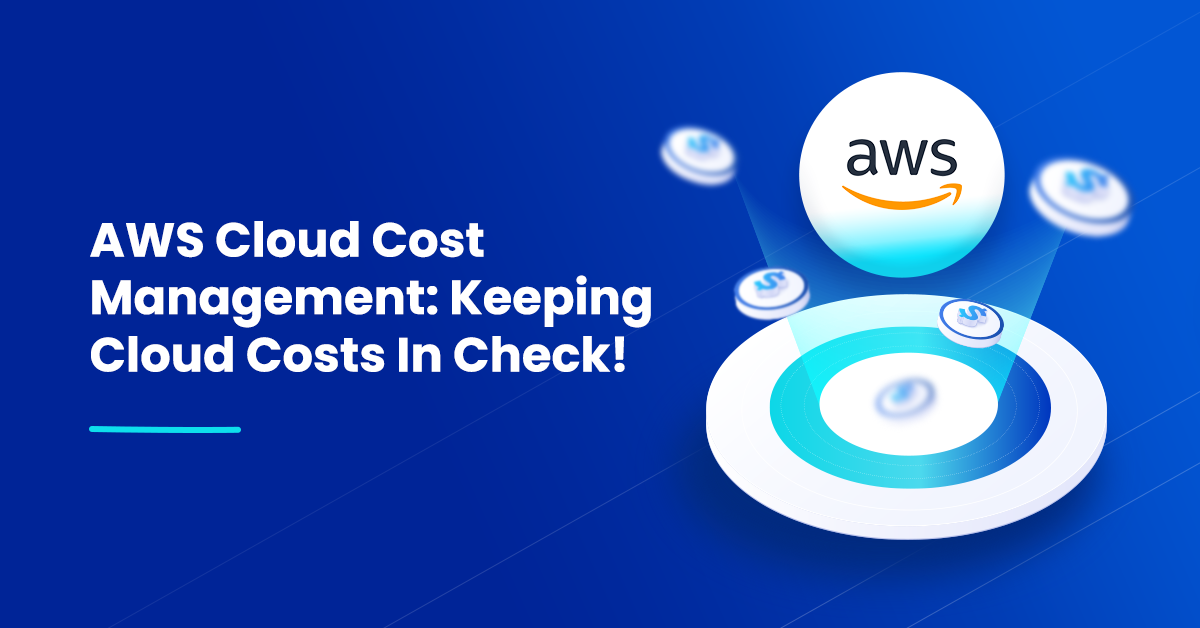Introduction to Scaling Smarter: The Cost Savings Series
Welcome to Scaling Smarter: The Cost Savings Series, where we dive into practical strategies for optimizing cloud costs on AWS. In today’s cloud-first world, cost efficiency is critical to maintaining scalability without overspending. This series will help you uncover actionable insights and tools to cut down on waste while maximizing the value of your cloud infrastructure.
One of the first steps in our journey involved automating daily cost reports delivered straight to our Slack channel using AWS Lambda. By visualizing the data in Metabase, we identified key cost-saving opportunities, which we’ll tackle in this series, starting with Cost Allocation Tags.
Episode 1: Mastering Cost Allocation Tags on AWS
Why Focus on Cost Allocation Tags?
Tags are a foundational piece in any cloud cost management strategy. They allow you to organize and categorize AWS costs by projects, teams, environments, and more. By tracking costs using tags, you gain insights that are otherwise hard to obtain.
Here’s a quick summary of what you’ll learn in this episode:
- What Cost Allocation Tags are and why they matter
- How to activate and use them in AWS
- Best practices for consistent and automated tagging
What are AWS Cost Allocation Tags?
Cost allocation tags are metadata labels you assign to your AWS resources (like EC2 instances, S3 buckets, or Lambda functions) for tracking purposes. These tags enable fine-grained cost tracking and reporting, especially useful for:
- Departmental cost breakdowns: Assign costs to teams or departments.
- Project-level reporting: Understand the expenses associated with each project.
- Environment-based costing: Track spending across development, staging, and production environments.
Types of Cost Allocation Tags
1. AWS-Generated Tags
AWS generates some default tags, which include metadata like resource type, region, or service. However, you need to enable these tags for cost allocation:
- Navigate to the Billing and Cost Management Console.
- Activate these tags for cost reporting.
2. User-Defined Tags
These are custom tags that you create based on your organization’s needs. For example:
Project = listing-platformEnvironment = ProductionSquad = listing
These tags allow you to build a personalized structure to track your cloud usage.
How to Enable and Use Cost Allocation Tags
Enabling cost allocation tags is a simple process, but one that pays off in the long run:
- Go to the Billing and Cost Management Console.
- Enable the necessary tags under Cost Allocation Tags.
- Use AWS Cost Explorer or AWS Budgets to view and filter costs based on these tags.

Best Practices for Using Cost Allocation Tags
1. Consistency is Key
Adopt a clear tagging policy with standardized names. This helps avoid confusion and ensures accurate cost tracking across teams. For example:
Project,Owner, andEnvironmentshould have consistent values across the organization.
2. Automation for Accuracy
Use AWS tools like Lambda, AWS Config, or Terraform to automate tagging for new resources. Automation reduces human error and ensures no resource goes untagged.
3. Regular Audits
Periodically review your resources to ensure all are tagged according to your strategy. Unused or untagged resources can lead to higher bills and inefficiency.
Implementation At Nawy
In one of our projects, we implemented a tagging policy across multiple environments—development, staging, and production. By categorizing resources based on tags like Project, Environment, and Owner, we were able to resize resources, resulting in significant cost savings.
Automating Cost Reporting with AWS Lambda
After setting up cost allocation tags, we took automation a step further by implementing a Lambda function that sends daily cost reports to Slack. This not only provides visibility but ensures that cost-saving decisions are data-driven and timely.
Lambda Cost Report Workflow:

- EventBridge Crontab: Crontab on EventBridge to trigger the lambda function daily.
- Query Cost Explorer: The Lambda function queries AWS Cost Explorer daily to retrieve updated cost data.
- Send to Slack: The report is automatically posted in Slack, keeping the team up to date.

Conclusion
Cost allocation tags are the foundation for AWS cost management. By implementing consistent tagging policies and automating daily reports, we’ve been able to gain deeper insights into our cloud spending. This has set the stage for our next episode, where we’ll dive into resource resizing and optimization to drive further savings.
Key Takeaways:
- Consistent and automated tagging leads to better cost tracking.
- AWS-generated and user-defined tags both play a crucial role.
- Automating reporting keeps your team informed in real-time.
Next Episode Preview:
In Episode 2, we’ll explore how resizing resources—like EC2 instances—based on actual usage patterns helped us achieve significant cost reductions.
